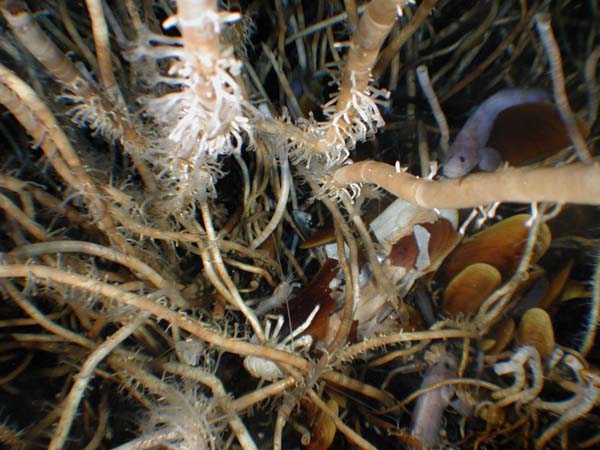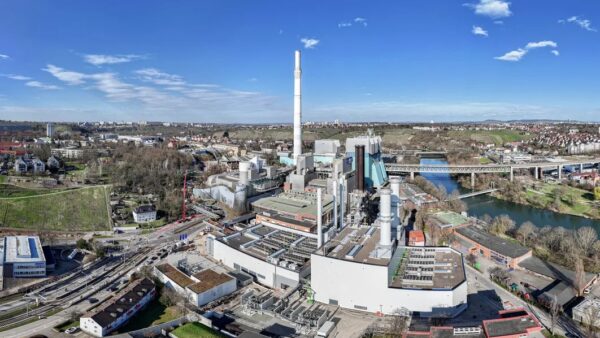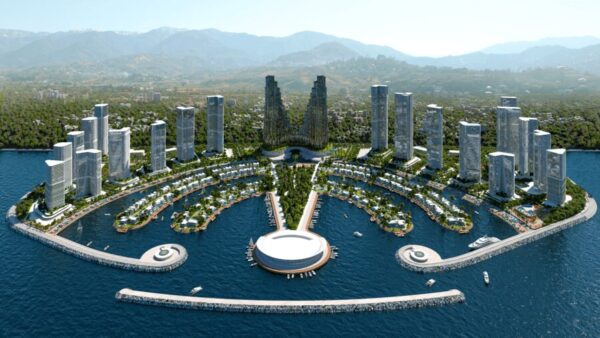
China has given a green light to the construction of a deep-sea research facility in the South China Sea, South China Morning Post reports.
Known in the research community as a “deep-sea space station”, it will be anchored 2km below the surface, and will be used to study “cold seep” ecosystems, areas of the ocean floor where chemicals such as methane and sulfides leak from the seabed.
Cold seeps are found in the South China Sea and the Formosa Ridge near Taiwan, among other places.
Researchers will use unmanned submersibles, surface ships and seabed observatories to create a surveillance grid.
Cold seeps provide a habitat for unique lifeforms and also contain deposits of methane hydrates – also known as “flammable ice”.
China also wants to study the deep structure of the Earth. There are deposits of cobalt and nickel at concentrations three times higher than on land.
Set to be completed around 2030, the facility will be one of the deepest and most technologically complex underwater installations ever built.
It will have space for six scientists, who will work in the centre for a month or so at a time.
Details of the design were revealed this month by Yin Jianping, a researcher with the South China Sea Institute of Oceanology, writing in the journal Manufacturing and Upgrading Today.
- Subscribe here to get stories about construction around the world in your inbox three times a week
Further reading:










